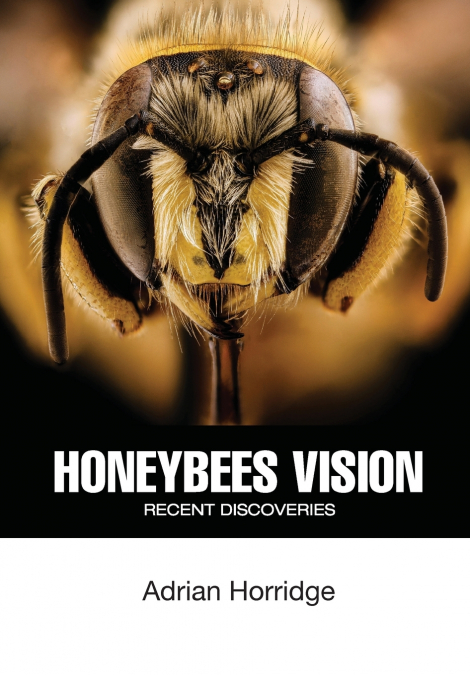
Adrian Horridge
Professor Adrian Horridge has thoroughly enjoyed a long and productive career in scientific research. At 17 he won a scholarship to St John’s College Cambridge, where he spent 10 years, from student to a fellowship, ending in the Zoology Department working with new techniques of recording from nerve cells. Some of this time was spent at the Naples Marine Laboratory and at the Dept. of Structures in the Royal Aircraft Establishment. at Farnborough, designing reinforced plastic structures, like rockets and pilot ejector seats, for the military. In 1956, he took a lectureship in Zoology at St Andrew’s, Scotland, from where he collaborated with Prof Ted Bullock on a 2-volume book on 'The Structure and Function of the Nervous Systems of Invertebrates', an enormous project that took him and family to California for 2 years. His research group at the Gatty Marine Laboratory at St Andrews concentrated on all aspects of the arthropod compound eye, on which he subsequently published about 250 papers and book chapters. In 1969, he was elected to the Royal Society, and that year became one of four Founder Professors of Biological Sciences in the Australian National University, where the work on insect vision continued. His recent book on 'The Discovery of a Visual System. The Honeybee' is a summary of new findings, based on hundreds of hours of training bees and testing them to see what features they really detect. The results show that parts of all textbooks on this topic will have to be revised. Bees see neither colours nor shapes of flowers.